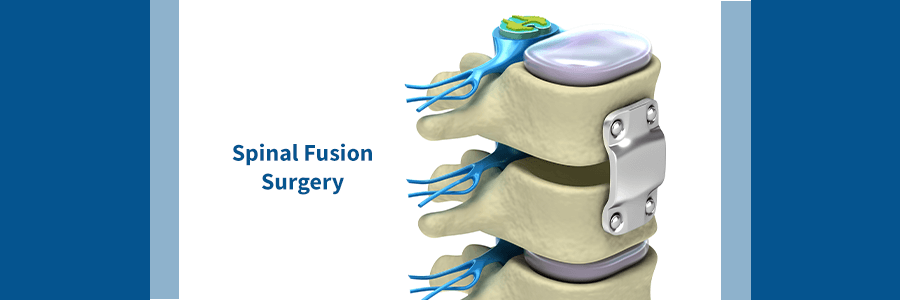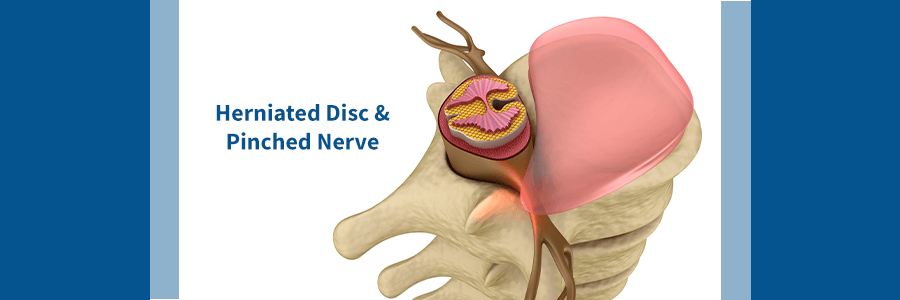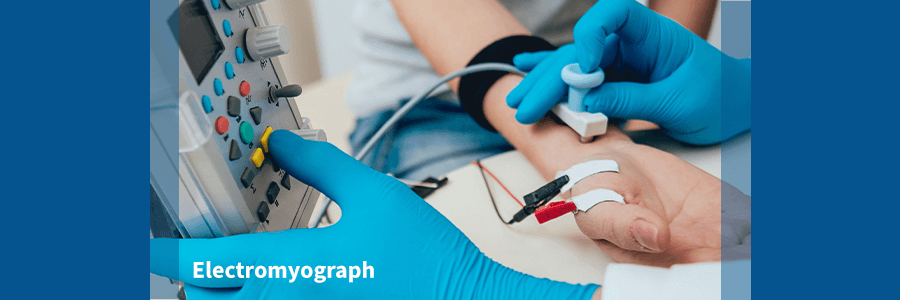Why You Should Choose XLIF for Your Lower Back Pain

There are many causes of lower back pain. For some, conservative treatments like resting the area, medications, and physical therapy provide relief. Some back conditions, however, require a more aggressive approach to provide lasting stability to damaged spinal structures. When your lower back pain isn’t responding to conservative treatments, spinal fusion surgery may be the answer.
Extreme Lateral Interbody Fusion (XLIF) is one of a few spinal fusion procedures that an orthopedic surgeon may use to help with your lower back pain. Depending on your condition, this surgery may be the best, least invasive option for spinal fusion. So what is XLIF and what conditions does it treat? What are the advantages? And, more importantly, are you a good candidate? Use this guide to find out.

Understanding Spinal Fusion Surgery
As the name suggests, spinal fusion surgery links two or more vertebrae together, so that they can heal into a single bone. Certain conditions cause the bones of the spine to become unstable. This can occur because of injury, the aging process, or certain diseases. As a result, damage to soft tissues and nearby nerves can create painful, even debilitating, symptoms that prevent you from doing the things you love.
During a spinal fusion surgery, the excessive movement between vertebrae is stopped by applying a bone graft to the affected area. In time, the bone graft allows the affected vertebrae to fuse together. Bone grafts derive from a variety of sources. They may be taken from other parts of your body, such as the pelvis or harvested from a cadaver. Artificial bone grafts made from synthetic materials are also an option.
To prepare for a spinal fusion, sometimes the surgeon elects to remove part or all of a damaged intervertebral disc—known as a discectomy. Other times pieces of bones or diseased tissues are dissected during a laminectomy procedure. The added space allows for the bone graft to be more effective.
In addition, a surgeon will immobilize the area with plates, rods, and screws. This allows the surgeon to perform the surgery more quickly and effectively.
What Conditions Does Spinal Fusion Surgery Help?
While spinal fusion surgery may not be appropriate for everyone, there are some conditions in which this procedure boasts positive outcomes. These include:
- Degenerative Disc Disease: Occurs when the discs between each vertebra lose shape due to disease or the natural aging process. This condition may cause instability of the spine.
- Herniated Disc: Sometimes the gel-like inner layer of an intervertebral disc pushes through the fibrous outer layer, usually in response to trauma or weakened discs. This often causes instability and pressure on the spinal cord or nearby nerves.
- Spinal Stenosis: A narrowing of the spinal canal that applies pressure to the nerves running through the spine. This can be caused by tumors, herniated discs, osteoarthritis, or spinal injuries.
- Fractured Vertebra: Sports injuries or traumas like a fall or car accident can cause cracks in the spine, leading to instability.
- Scoliosis: An abnormal sideways curve of the spine, usually occurring in children and adolescents during growth spurts.
- Spondylolisthesis: Occurs when an injured vertebra shifts or slips forward over another vertebra. This is a common spinal condition for younger people who participate in sports such as football, weight lifting, or gymnastics.

Types of Spinal Fusion Surgeries
Spinal fusion surgeries are defined by the area where a surgeon enters the body to repair the damaged spine. Usually defined by a four-letter acronym, they include:
- ALIF: This anterior approach, from the front of the body, is a popular approach when there is not a lot of instability in the spine. The problematic disc space is fused through the abdominal area.
- PLIF: The posterior approach, entering at the back of the body, using a three to a six-inch-long incision. In many cases, a laminectomy is also performed.
- TLIF: Using a posterior approach, both the front and back of spine receives stabilization from a bone graft.
- XLIF: During this procedure, the surgeon accesses the spine from the side of the body. This approach is generally less invasive than other spinal fusion procedures.
Advantages of Using an XLIF Approach
Generally, an XLIF procedure is considered less invasive than other spinal fusion approaches. Since the surgeon enters the body through the side, there is less damage to organs and soft tissues.
For example, during an ALIF approach, organs in the abdomen, as well as major blood vessels, need to be moved so the surgeon can complete the surgery. In contrast, entering through the back of the body requires the surgeon to cut major muscle groups in the back.
During an XLIF surgery, the organs and blood vessels remain intact. In addition, instead of cutting muscles, the lateral muscles are separated allowing for easy access to the spine. What does this mean for you? Less tissue damage and blood loss. Also, since there are less cutting and moving of your soft tissues, you have less pain after the operation and a quicker recovery time.
Unfortunately, an XLIF surgery isn’t appropriate for everyone. Operating at the lowest levels of the spine may not be accessible from the side of the body. Also, those with high-grade spondylolisthesis and spinal deformities with excess rotation aren’t recommended for this type of surgery.
XLIF: What to Expect
Has an orthopedic doctor found that you are a good candidate for XLIF surgery? You’re probably wondering what to expect. During the surgery, you will most likely be placed under general anesthesia. This means you will sleep throughout the procedure.
After viewing X-rays the surgeon will determine which disc needs to be removed. Usually, two incisions are used. The first one, at the low back region near the trunk, allows the surgeon to push away a sac that protects the abdominal regions. The second incision is made on the side of your body. This allows the surgeon to use tiny surgical tools to access your lower spine. In many cases, your surgeon uses an electromyograph to test the nerves during the procedure. This ensures that they don’t become accidentally damaged.

Once the surgeon gains access to the spine, the damaged disc is removed and a spacer is implanted to keep the vertebrae in position. Then, the surgeon implants the bone graft and may use other hardware to keep it supported. After the spinal fusion is completed, the surgeon sutures up your wounds and applies dressings.
The procedure is relatively quick. It may take about an hour. Once you wake up from the anesthesia, you will be in a recovery room where health care professionals monitor your vital signs and condition. This can last up to three hours. After you stablize, you may stay in a regular hospital room for a day or two. From there, you are discharged with specific instructions on how to care for your wounds and what activities you can and cannot do.
You may have to return to the doctor a day or so after discharge. This helps with monitoring your progress and determining if any complications exist.
The Recovery Process
You will probably experience pain in your lower back as well as the incision sites. Pain medications can help you stay comfortable. Remember to use these as prescribed since certain medications can be habit-forming. A doctor will want to monitor your progress to make sure there is no infection, nerve damage, or problems with the graft.
In many cases, you can return to normal activities after a few months. Sometimes your doctor will recommend physical therapy to help you regain strength in the area.
Ready To Find A Trusted Surgeon for Your XLIF Procedure?
It’s difficult to live with a chronic back or spine issue. Are you ready to be treated like a person and not just a diagnosis on a chart? Do you want a caring team of professionals at your side throughout your treatment?
New York City Spine is ready to help you. Our team will take the time to listen to your symptoms, issues, and concerns. We answer your questions and design treatments tailored to your individual needs and lifestyle. After all, lower back pain isn’t just a series of medical terms. We know that it affects your ability to work, spend time with family, and enjoy life. This is why our doctors use the latest technological advances to provide minimally invasive treatments that help you get back to the life you want to live.
Want to learn more about XLIF surgery? Need a trusted source to help you manage your back pain? It’s time to call Dr. Daveed Frazier at New York City Spine. Call (855) 210-0899 to set up a consultation today!
